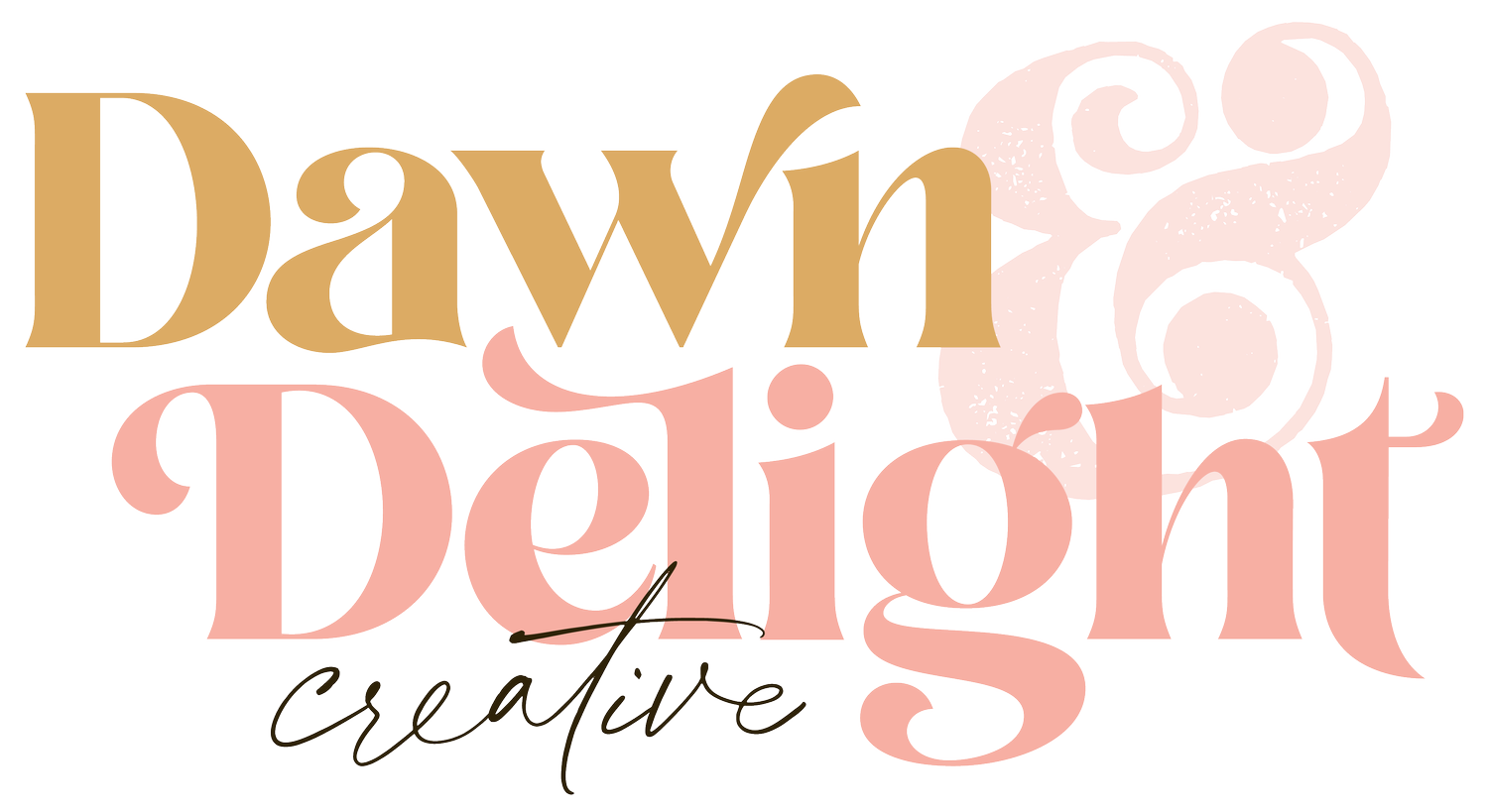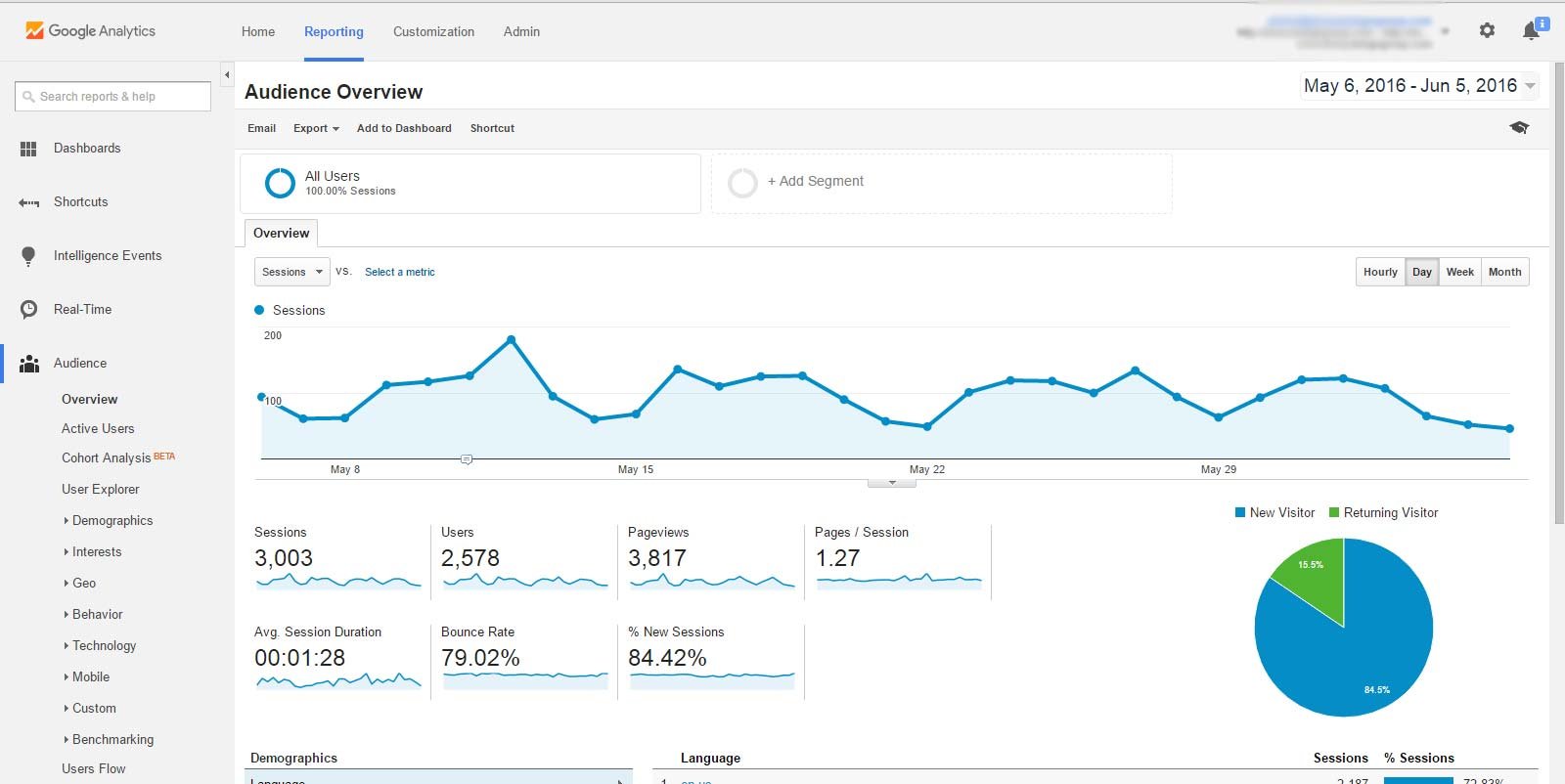Brand Identity vs. Brand Image: What’s the Real Difference?
As we’ve built our businesses, we’ve all heard about brand identity vs. brand image. Sometimes the two are pitted against each other, and sometimes they’re even used interchangeably as if they were one definition.
Let’s explore the real difference between brand identity and brand image and how we can use each to build a strong brand from the ground up!
The Components of a Great Brand
Brand identity and brand image are not the same thing, but they are two sides of the same coin. Think of your brand as the overarching entity - your brand identity and image are the two major components that make it what it is.
A brand is far more than its logo or visuals - that’s only the tip of the iceberg! A brand is made up of values, personality, and vision that create visuals and messaging to build relationships with customers and clients. A brand builds relationships which incurs loyalty which makes your business sustainable over the long run. In today’s marketplace, a business has to prioritize a strong brand to stay relevant.
What Is a Brand Identity vs. Brand Image?
It’s important to look at brand identity and brand image as having a symbiotic relationship. One cannot exist without the other, and they are not siloed.
Brand Identity
Brand identity is the heart of your business - its values, personality, mission, vision, and intent. It helps businesses establish themselves in the marketplace by communicating their unique value proposition to clients and helps them build lasting relationships.
Your brand image, on the other hand, encapsulates how your target audience, community, and clients perceive your brand.
As Wayfair marketing executive Jared Rosen puts it, “Brand identity is more than just finding the right logo to place on coffee cup sleeves or mount above your front door. It’s about crafting a personality that amplifies the core elements to your brand’s DNA.” Whew, that’s good!
Brand Image
On the other side of that coin, your brand image is defined by how your target audience perceives your brand. It’s a bit more ambiguous. In a sense, it lives in the mind of your clients and those who interact with your brand, but it can also be measured.
This is why market research, audience research, and client feedback are so important! You can learn more about how your audience sees you and how you can adjust your messaging and visuals to bolster or align that brand perception.
As Jeff Bezos famously said, “Your brand is what people say about you when you are not in the room.”
Brand image is how your audience perceives your brand, and brand identity is how you intentionally work to shape that perception!
How Can You Create a Strong Brand Identity?
Creating a strong brand identity happens long before the creation of a logo suite or brand patterns. As you create your brand identity, here are the things you need to include:
Core values
If you're not sure what your brand stands for, ask yourself these questions: Why do I exist? Who am I? What do I stand for? How does my product/service help people? You should also deep dive into my favorite brand exercise, the 5 Whys.
Mission Statement
A mission statement is a short phrase that describes your business's purpose. It's often written as a sentence or two and includes messaging that describes who you are and why your brand exists.
Vision Statement
A vision statement is a longer version of a mission statement, detailing how you want to expand your mission over time. It should be more detailed than a mission statement and should include what you hope to accomplish in the future. Vision statements help you define your goals, give you direction, and provide a framework for making decisions and setting priorities.
Visuals and Messaging
AKA, your brand persona. This is an expression of who you are as a business. It includes everything from your logo design to the tone of voice used when communicating with clients or writing content. Your visuals and messaging take the heart of your business - everything you’ve created up to this point - and turns it into a relationship-building entity!
How Can You Ensure a Strong Brand Image?
Ensuring a strong brand image starts with a strong brand identity, one that is in alignment with your values, who you are, and what you want for your business. Once you’ve done the work to define your identity, build a visual presence, and develop strong messaging, you can work on these:
Create a Consistent Online Presence
From your website to social media channels, your brand identity needs to be consistent. Creating a brand clarity board is a great way to plan out the visual consistency of your brand assets and materials.
Build Strong Relationships
Once you've got a solid foundation in place, you need to focus on building trust with community members, clients, and your target audience. Determine how you best build relationships and select a few platforms and channels that feel most in alignment with your personality, and consistently serve your community there!
Be Consistent
Trust is built on consistency. If you're looking to build trust with your community, make sure that you're consistent in what you say, what you do, and how you serve. If you choose to blog once per week - do that! If you choose to podcast once every two weeks - do that! If you choose to post daily on Instagram stories - do that! You don’t have to do everything, but in everything you do, stay consistent!
Focus on Quality Over Quantity
Don’t get lost in comparison mode on social media or anywhere else. Yes, there is SO much you could be doing, but it’s no good to dilute quality (or compromise your sanity) in the name of quantity. Produce high-quality content that's relevant to your audience, serve their problems, and stay consistent.
Measure Your Performance
Like I said before, brand image lives in the eye of the beholder. But, that doesn’t mean you can’t seek to understand it. In fact, you should.
This is where regular surveys, client feedback and reviews, and market research come into play. Seek to understand how your target audience “beholds” your brand so you can adjust your tactics, strategy, and content accordingly if anything is ever “off”!
At the end of the day, building brand awareness takes time and consistency because a brand facilitates the relationship between you and your target audience. It takes quality effort, small wins, and solid steps forward consistently over time. Every investment you make in your brand identity and brand image will pay off!




